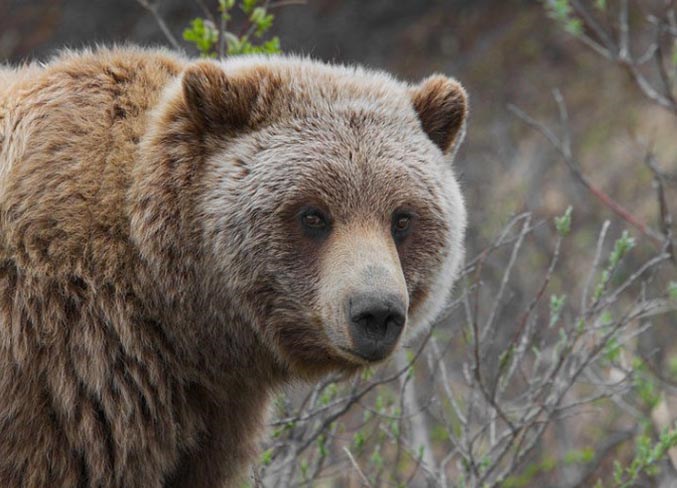A grizzly bear population study will kick off next week in areas east of Banff National Park between Highway 1 and Highway 11. The study, conducted by fRI Research is a non-invasive DNA collection using scent lures. The province is divided up into seven bear management areas. The last time the population of grizzlies was estimated in the area was more than ten years ago. At the time there were just 47 counted. "(Grizzlies) are listed as a threatened species so it's important to keep tabs on their population to see basically if recovery tactics are working and if different actions might need to be taken," said Ben Williamson, communications wit fRI. The scent used in the lures is a mixture of rotten cattle blood and vegetable oil, but Williamson said it's not likely to be detected by human noses, especially from a distance. Many of the sites will be remote and will be located several hundred metres away from trails, roads and public facilities. "(It's) not super pleasant for us but bears are very curious about that sort of smell," Williamson said. Each lure will be surrounded by a strand of barbed wire. When curious bears approach the lure to investigate the smell, they will hopefully leave behind tufts of fur caught to the wire. The hair will then be sent to the fRI lab for DNA analysis allowing researchers to identify individual bears and estimate the population size. The research group will be deploying helicopter and truck crews to set up and monitor the remote sites during May, June and July. Williamson said there is no food at the scent lures meaning bears won't likely be hanging around the area once the sampling is complete. The public is asked to continue practising bear smart behaviour and are asked not to approach the lures should they encounter one. There will be tape and caution signs in the areas where the survey is being conducted. The lab results are expected as early as 2019 with the final numbers of estimated grizzly population to be reported later that year.




